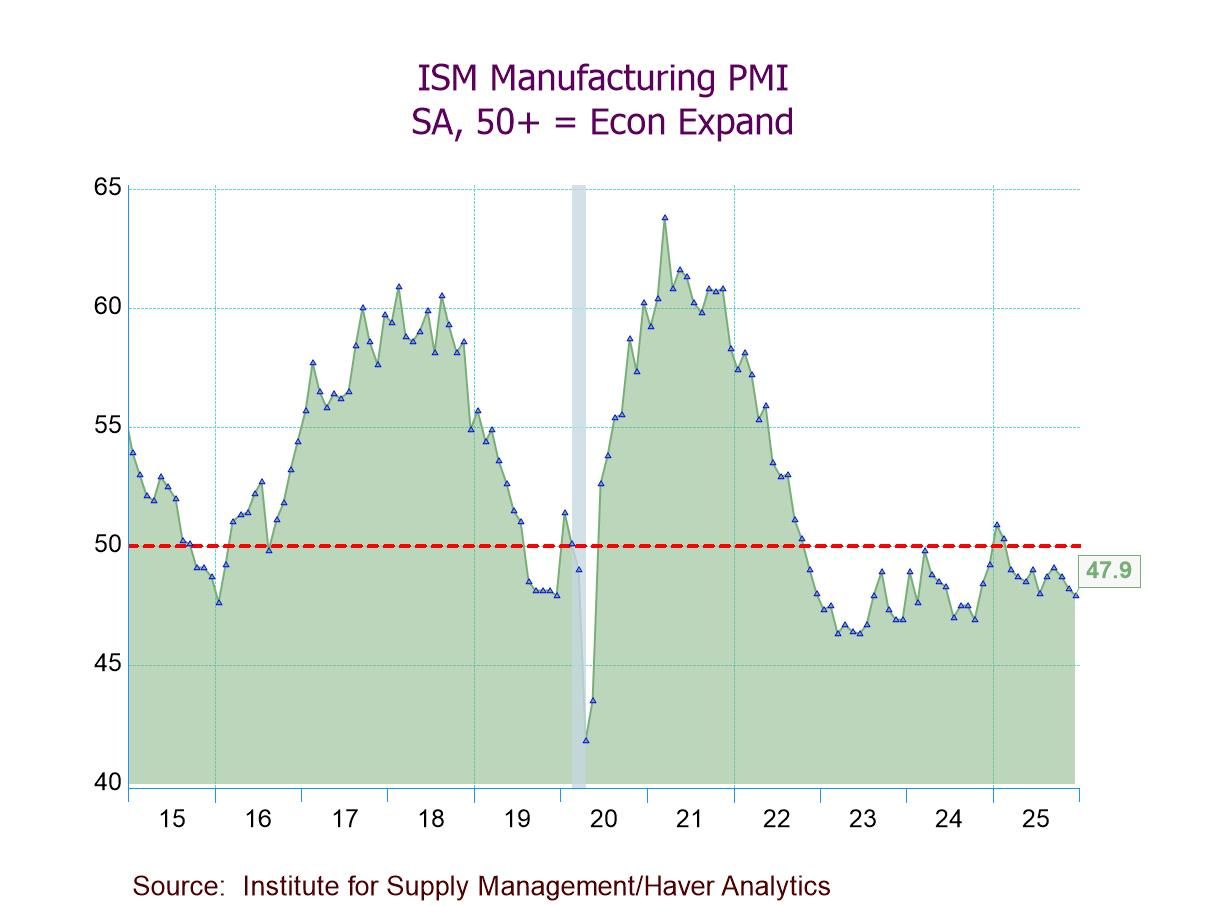U.S. Jobless Claims Steady at a Moderate 212,000 in April 13 Week
Summary
- Initial claims maintain tight range for almost 2 years.
- Continuing claims still fairly steady since May 2023.
- Insured unemployment rate holds at 1.2%, also since May 2023.


Initial claims for unemployment insurance were steady at 212,000 seasonally adjusted in the week ended April 13, with the earlier week revised marginally from 211,000 initially reported. The Action Economics Forecast Survey expected the latest week at 215,000. The four-week moving average of initial claims was 214,500 in the April 13 week, unchanged from the week before. These latest amounts extend a narrow range for initial claims of 187,000 to 261,000 that has prevailed since the middle of 2021.
Insured unemployment, also known as continued weeks claimed, was 1.812 million in the week ended April 6, up slightly from 1.810 million the prior week. The earlier week was revised down from 1.817 million reported before. As with initial claims, these continuing claims have hovered in a narrow range for an extended period; they have run from 1.728 million to 1.829 million since May 2023.
The insured unemployment rate, that is, the amount of insured unemployment as a percentage of covered employment, is yet again 1.2% in the April 6 week. It has been at that amount continually since May 11, 2023.
Unemployment insurance rates vary widely across individual states. In the week ended March 30, the highest rates were in New Jersey (2.6%), California and Minnesota (both 2.4%), Rhode Island (2.3%), Massachusetts (2.1%) and Illinois (1.9%). The lowest rates were in Kansas (0.3%), Alabama, Florida, Kentucky, North Carolina and Virginia (all 0.4%) and Mississippi, Nebraska, New Hampshire, South Dakota and Tennessee (all 0.5%). Among other notable states, New York, Pennsylvania and Washington were all 1.8% and Texas was 1.1%. These state data are not seasonally adjusted.
Data on weekly unemployment claims are from the Department of Labor itself, not the Bureau of Labor Statistics. They go back to 1967 and are contained in Haver’s WEEKLY database and summarized monthly in USECON. Data for individual states are in REGIONW back to December 1986. The expectations figure is from the Action Economics Forecast Survey in the AS1REPNA database.


Carol Stone, CBE
AuthorMore in Author Profile »Carol Stone, CBE came to Haver Analytics in 2003 following more than 35 years as a financial market economist at major Wall Street financial institutions, most especially Merrill Lynch and Nomura Securities. She had broad experience in analysis and forecasting of flow-of-funds accounts, the federal budget and Federal Reserve operations. At Nomura Securities, among other duties, she developed various indicator forecasting tools and edited a daily global publication produced in London and New York for readers in Tokyo. At Haver Analytics, Carol was a member of the Research Department, aiding database managers with research and documentation efforts, as well as posting commentary on select economic reports. In addition, she conducted Ways-of-the-World, a blog on economic issues for an Episcopal-Church-affiliated website, The Geranium Farm. During her career, Carol served as an officer of the Money Marketeers and the Downtown Economists Club. She had a PhD from NYU's Stern School of Business. She lived in Brooklyn, New York, and had a weekend home on Long Island.





